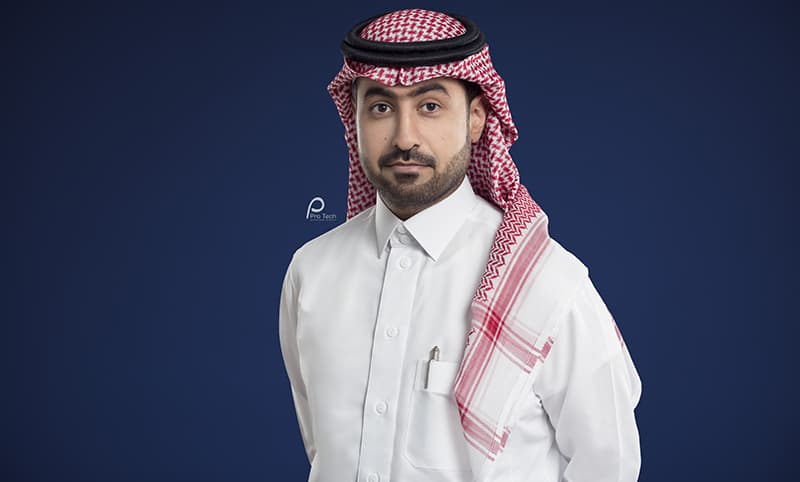Located in the Industrial Area in Jeddah, Jeddah Graphic Center (JGC) was established in 1974 and is today one of the leading print and packaging solutions provider in the Kingdom of Saudi Arabia. Over the years, the company has built a strong reputation of providing high quality customized products.
Services on offer include pharmaceutical packaging; catalogues and brochures; flyers and menus; and variety of boxes including cover and bottom boxes, custom boxes, boxes with handles, boxes with sleeves, cakes and pastry boxes, POS boxes, and pillow boxes.
With markets getting highly competitive by the day, JGC has constantly upgraded its existing equipment with the latest available technology with an aim to become the kingdom’s market leaders in the print-pack segment. The latest addition to company’s fleet of printing equipment is an all- new Heidelberg Speedmaster XL106-6+LX3. According to Heidelberg XL 106 is the most intelligent Speedmaster with innovative solutions specially tailored to the needs of classic commercial printing as well as complex packaging printing applications. The new XL 106 can reach speeds of 18,000 sheets per hour in straight printing. Also, parallel makeready processes increase productivity in packaging, commercial, and label printing. The intelligent interaction of the automation components enables cost-effective production of all printing products.
ME Printer caught up with Naif Alrajhi the owner of JGC to know more about the company’s current developments and future goals.
Jeddah Graphic Center has other presses from different manufacturers. But what prompted you to opt for the Heidelberg Speedmaster XL106-6+LX3 Combination UV this time and why have you chosen this particular configuration?
We chose Heidelberg because it is one of the largest companies, synonymous with quality and future viability, with an excellent track record in Saudi Arabia and other GCC countries. Our recently installed UV hybrid press Speedmaster XL106-6+LX3 from Heidelberg that runs UV 50% of the time, is a gamechanger for the industry and has formed a core of Jeddah Graphic’s future. It speaks volumes of how much further we believe it can take us ahead as a printing industry, to keep our market share, and the company’s expansion in the coming period.
What kind of print jobs would you assign to this machine?
Our main focus will be on printed boxes for food and related items and UV printing for bigger size advertising brochures.
While we are still struggling with the effects of the coronavirus pandemic, it is refreshing to see a print house investing in a state-of-the-art offset press. How were you able to not only overcome the difficult situation caused by pandemic, but also thrive and expand your activities?
As we are a major printing and packaging company in Saudi Arabia and the rest of the GCC, the company’s management worked tirelessly with a set vision in mind, making flexible and innovative plans to tackle the effects of the pandemic. This helped us not just survive but we actually managed to do pretty well in the market.
How do you describe your professional relationship with Heidelberg? Are you happy with the quality of their services?
Heidelberg has always been one of our success partners with a cooperation of over 20 years. And we genuinely hope to make this into a permanent and robust relationship.
Your company is basically a one stop shop for printing and you are offering a variety of printed products. In which way has the new Heidelberg press helped you to expand your markets and attract more customers?
The new Speedmaster XL106-6+LX3 is capable of producing 18,000 sheets per hour, undertaking both conventional print with water-based coating and UV-printed jobs with high gloss UV coatings. Its push to stop technology, with a wide variety of inbuilt automated systems and the new Quality Assist programme helps for an autonomous progression from makeready to good sheet production. This has given us a qualitative edge in our jobs which has helped us retain and expand our client base thereby improving our market growth.
Heidelberg’s Prinect workflow is a strong tool for integrating the whole print cycle from prepress to finishing and I assume Prinect is part of your investment. Do you see digital workflow as a necessary tool for streamlining the printing operation? How much do you rely on workflow to manage your daily operations?
Heidelberg’s Prinect workflow makes smart production possible. It has helped us to seamlessly integrate all steps in print production – right from online customer contact, through to production and delivery. The workflow has shortened our processing time, has helped in cost cutting, and keeps our customers satisfied.
COVID-19 encouraged many printers to invest in automation and reduce operator’s intervention in order to increase quality and productivity and reduce waste. Since your new Heidelberg is highly automated do you think this machine will also help your operations become more environmentally friendly by managing your waste and streamlining your operations?
Heidelberg has always championed the cause of environment protection by reducing wastage and carbon footprint. All the components in the new machine’s workflow are perfectly coordinated, saving paper sheets per make-ready process, with annual savings measuring up to hundreds of metric tons of paper and CO2. It has made us minimize our waste paper and reduce CO2 emissions.
When was Jeddah Graphic Center founded and how many employees are working in the company currently? Also explain a brief history of the company from the beginning until now.
Our company had a modest beginning as a small printing unit in 1974. But the company soon expanded in all sectors and is today one of the largest printing and packaging companies in the Kingdom of Saudi Arabia and the rest of the GCC countries. We have a work force of around 600 employees.
